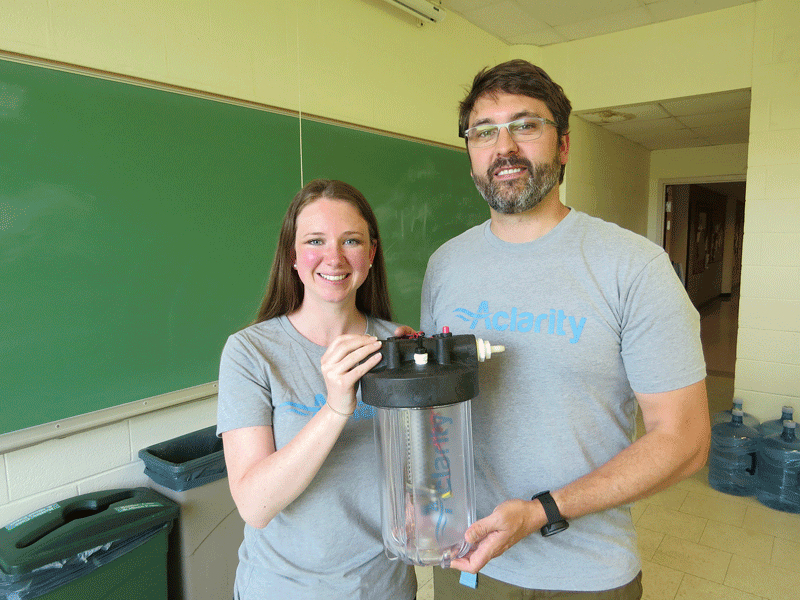Americans Need to Get Moving
Research by the U.S. Centers for Disease Control and Prevention has found that fewer than two in 10 Americans get the recommended levels of exercise, and more than one-quarter of adults don’t spend any time in physical activity. Young people don’t fare much better: less than one-third of highschool students attend physical-education classes.
Yet the research is clear: inactive people have greater risk for early death and disease. Conversely, the benefits of exercise and physical activity on health are welldocumented and widespread.
So the obvious question is this: if it’s so good for you, why don’t more people do it?
The fact is that we’re in a perfect storm; we consume a diet high in calories and live a lifestyle that’s more sedentary than ever before, with automobiles, computers, remote controls, video games, and other electronic devices that have become so much a part of our lives and prevent us from moving as much as we should.
We are physically doing less and less, and that inactivity, combined with a highfat and high-calorie diet, has led to high rates of such conditions as heart disease, diabetes, and obesity. Consider that heart disease is the nation’s number-one cause of death, that diabetes affects nearly 26 million Americans, and that obesity reaches more than one in three adults and one in six children in the U.S., and is associated with more than 30 medical conditions.
Exercise and physical activity have enormous advantages for our health. They benefit the heart and circulatory system; improve lung function, muscle mass, and bone density; and keep cholesterol, blood pressure, and bloodsugar levels in check. They can even help with depression, enhancing mood, and self esteem. People who are more active are also more productive and spend less time being sick. And while exercise can help to control weight with proper diet, losing weight should not be thought of as a main benefit; the greatest advantages accrue far beyond the waistline.
Some may ask if there’s a difference between exercise and physical activity. Anything that involves expending energy — like running, walking, mowing the lawn, or gardening — can be considered physical activity. Exercise can be defined as the purposeful activity to improve health.
Both are good for you, and a person doesn’t have to reach Olympic levels to reap the gains. While time periods of 30 minutes or more a day may offer greater benefits, the energy you expend in being physically active, regardless of the length of time, is good for you. Even 10-minute walks throughout the day are beneficial. Remember, too, that the ‘best’ exercise is one you like to do and will continue doing, whether it’s walking, biking, or the treadmill at the fitness club. Strength training to maintain muscle mass should also be considered, particularly as we age.
Because of its widespread benefits to health, we should begin to think of exercise differently: we should regard it as a prescription drug. The dosage (vigorous or moderate intensity), the frequency (how many times per week), and the duration (short bursts or longer bouts) will vary according to the individual. If you haven’t been active for some time, check with your physician first before beginning any exercise program.
Including exercise in your life will take time, but it’s time well-spent. So to those folks who say they never have the time (perhaps the most-often-used reason why people don’t exercise), we say people need to make time, whether it’s in 10-minute chunks throughout the day or one-hour sessions throughout the week. We believe it’s that important to health.
Dr. Stuart Chipkin,, a physician with Valley Medical Group in Amherst, and Dr. Barry Braun, both specialists in endocrinology and metabolism, are research and associate professors, respectively, in the Department of Kinesiology at the UMass School of Public Health and Health Sciences. This article is a service of the Mass. Medical Society.



Comments are closed.